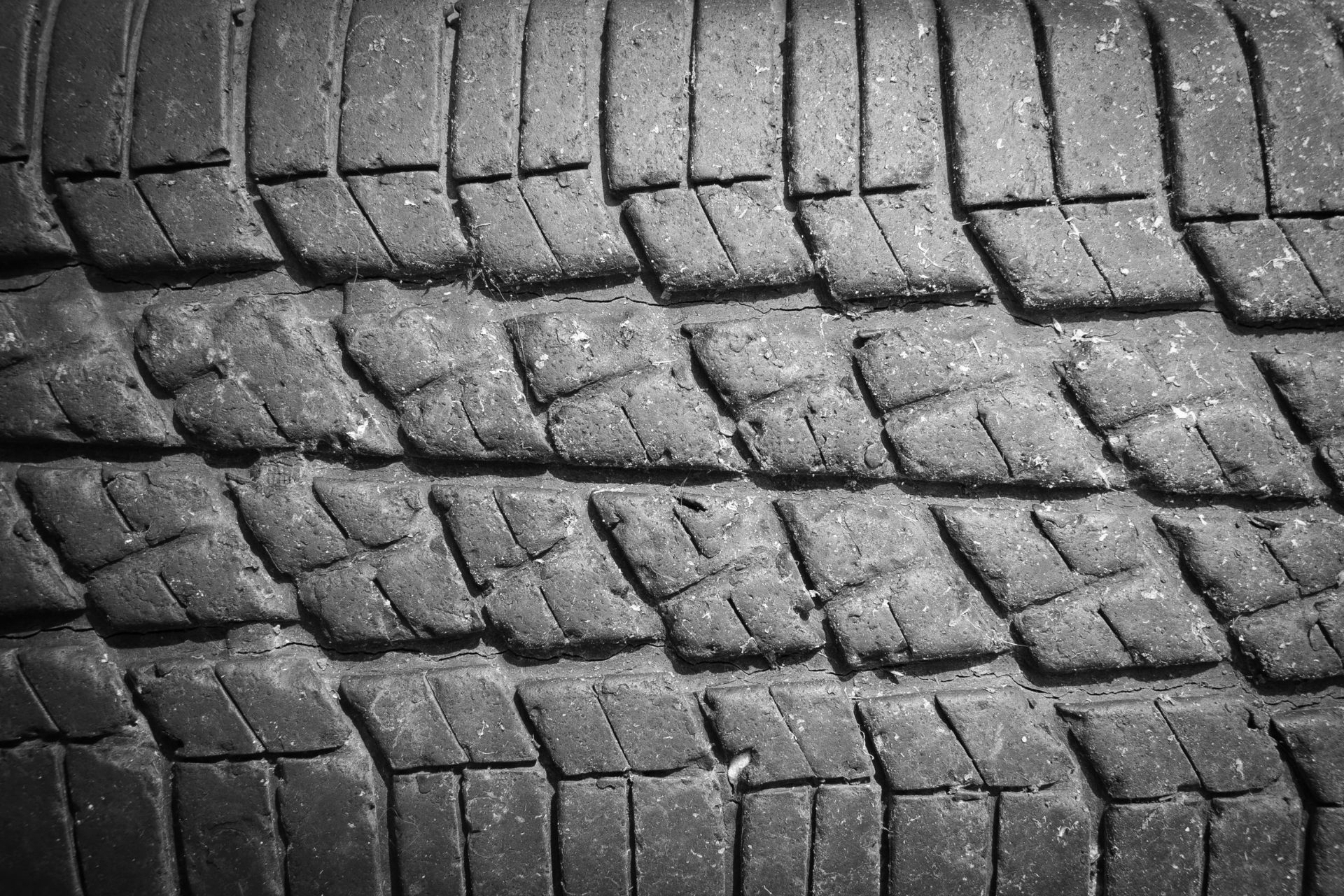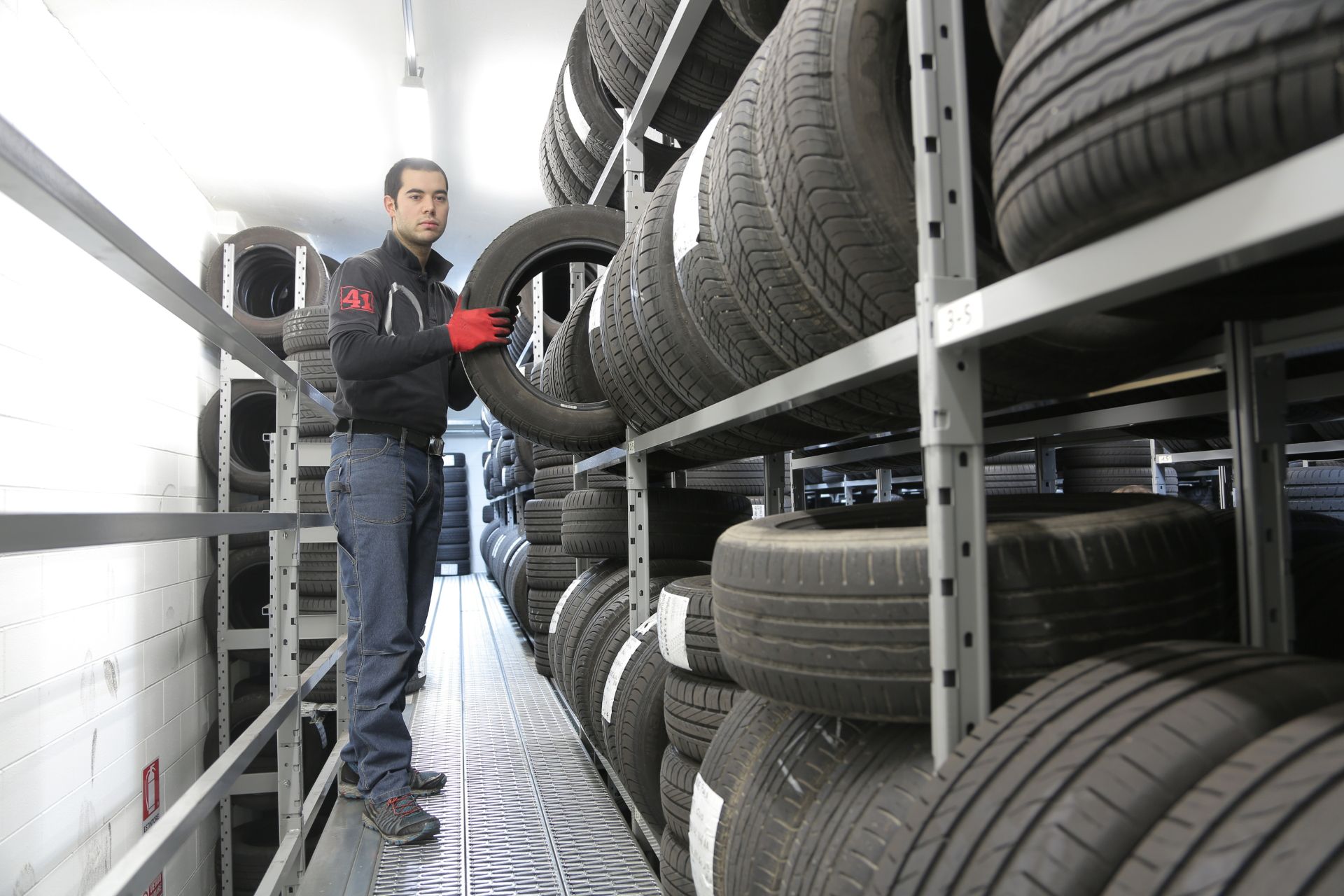Understanding tire tread patterns is essential for every driver. Tires are the only point of contact between your vehicle and the road, and their design plays a crucial role in safety, performance, and efficiency. This guide will break down the main types of tread patterns, how they affect driving, and tips for selecting the right tires for your vehicle.
What Are Tire Tread Patterns?
Tire tread patterns refer to the grooves, blocks, and channels designed on the surface of a tire. These patterns are not just for aesthetics; they are carefully engineered to provide traction, handling, and water dispersion. Depending on the design, a tire can perform better in specific conditions such as wet roads, snow, or off-road terrain.
The right tread pattern ensures your vehicle maintains grip during acceleration, braking, and cornering. It also impacts tire wear and fuel efficiency. Understanding these patterns can help you make informed decisions when purchasing new tires and prolong the life of your existing ones.
The Role of Tread Patterns in Safety
Tread patterns significantly influence a tire’s ability to maintain traction. Tires with well-designed grooves help channel water away from the contact patch, reducing the risk of hydroplaning. Hydroplaning occurs when water builds up between the tire and the road surface, causing loss of control. Proper tread design ensures the vehicle maintains grip even on wet surfaces, enhancing driver safety.
Additionally, tread patterns affect braking performance. Tires with deeper or specialized patterns can stop more efficiently in various conditions. For example, winter tires with aggressive patterns improve traction on ice and snow, while summer tires are optimized for dry and wet performance.
Common Types of Tire Tread Patterns
Tires are available in several tread designs, each suited for different driving conditions. Understanding these types will help you select the right tire for your lifestyle.
Symmetrical Tread Patterns
Symmetrical tread patterns feature continuous ribs or blocks across the tire. This classic design is versatile and provides smooth driving, even wear, and long-lasting performance. Symmetrical tires are ideal for standard passenger vehicles and daily commuting.
Benefits of symmetrical patterns include quiet operation, fuel efficiency, and ease of rotation. They are a reliable choice for drivers who prioritize comfort and longevity over specialized performance.
Asymmetrical Tread Patterns
Asymmetrical patterns combine different designs on the inner and outer portions of the tire. The inner side often has smaller grooves to channel water, while the outer side features larger blocks for cornering stability. This dual-purpose design enhances both wet and dry performance.
Asymmetrical tires are popular in high-performance vehicles because they provide a balance between traction, handling, and stability. However, they require careful installation, as rotating them incorrectly can reduce their effectiveness.
Directional Tread Patterns
Directional tread patterns are designed to rotate in a specific direction, often resembling a V-shape or arrow. This design optimizes water evacuation, reducing the risk of hydroplaning on wet roads. Directional tires also enhance high-speed stability and cornering performance.
While directional tires excel in wet conditions and sporty driving, they must be mounted correctly. Rotating them incorrectly can compromise safety and performance. These tires are often used in performance sedans, sports cars, and some SUVs.
Off-Road and Mud-Terrain Tread Patterns
Off-road or mud-terrain tires have deep, aggressive tread patterns designed to handle loose surfaces like mud, sand, and gravel. The large gaps between tread blocks help the tire dig into soft terrain and self-clean by ejecting debris.
These tires offer superior traction in challenging conditions but can be noisier and less fuel-efficient on paved roads. They are ideal for trucks, SUVs, and vehicles that frequently venture off the beaten path.
Winter and Snow Tread Patterns
Winter tires feature tread patterns designed to perform in snow, ice, and cold temperatures. They often have multiple sipes—small slits in the tread blocks—that increase grip on slippery surfaces. The rubber compounds in winter tires remain flexible in low temperatures, enhancing traction and braking performance.
Winter tread patterns improve safety during the cold season, making them essential for drivers in regions with harsh winters. They are not suitable for warm weather, as their softer compounds can wear quickly on hot pavement.
How Tread Patterns Affect Performance
The design of a tire’s surface directly impacts its performance in various conditions. Here are some factors to consider:
Wet Traction
Tread patterns with wide grooves and channels are designed to move water away from the tire, preventing hydroplaning. Tires with poor water evacuation may lose contact with the road, increasing stopping distances and the risk of accidents.
Dry Handling
On dry roads, tire contact with the asphalt is crucial. Tires with larger tread blocks and fewer voids offer better stability and cornering performance. Performance-oriented tires often use asymmetrical or directional patterns to maximize dry traction.
Noise Levels
Tire noise is influenced by tread design. Symmetrical patterns typically produce less noise, while aggressive off-road or mud-terrain patterns can generate significant road noise. Drivers should consider the trade-off between traction and comfort when selecting tires.
Fuel Efficiency
Tread patterns affect rolling resistance, which influences fuel consumption. Tires with smoother, continuous patterns reduce resistance and improve efficiency, while aggressive or deep-patterned tires may decrease fuel economy due to higher friction.
Tips for Choosing the Right Tire Tread Pattern
Selecting the right tread pattern involves considering your driving habits, climate, and vehicle type. Here are some tips:
- Assess Your Driving Conditions: If you drive mostly on highways, symmetrical or asymmetrical tires may suit you best. For off-road adventures, mud-terrain tires are ideal.
- Consider Seasonal Needs: Use winter tires in cold climates to ensure safety, and switch to all-season or summer tires when temperatures rise.
- Evaluate Performance Requirements: High-performance vehicles benefit from directional or asymmetrical patterns for enhanced handling.
- Check Manufacturer Recommendations: Always follow your vehicle manufacturer’s specifications for tire type, size, and load rating.
Maintaining Your Tires for Optimal Performance
Proper tire maintenance extends the life of your tread patterns and ensures safe driving. Key practices include:
- Regular Tire Rotation: Rotating tires prevents uneven wear and prolongs tread life.
- Monitor Tire Pressure: Maintaining the correct pressure ensures optimal contact with the road and prevents premature wear.
- Alignment and Balancing: Proper wheel alignment and balancing reduce uneven wear and enhance handling.
- Inspect Tread Depth: Replace tires when tread depth is low to maintain traction, especially in wet or icy conditions.
Final Thoughts
Understanding tire tread patterns helps drivers make informed choices for safety, performance, and efficiency. Each design has unique advantages, whether it’s the smooth, durable performance of symmetrical tires or the high-traction capability of winter and off-road tires. Selecting the right tire for your vehicle and maintaining it properly ensures a safer and more enjoyable driving experience.
For expert advice on choosing the best tires and maintaining optimal tread patterns, contact TrilliTires in Richmond Hill. Our team can help you find the perfect tires for your vehicle and driving needs.



